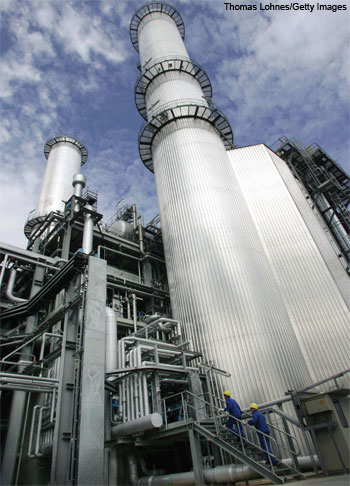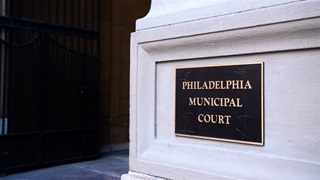Pew Applauds Executive Order to Increase Industrial Energy Efficiency
Phyllis Cuttino, director of the Pew Clean Energy Program, issued the following statement in reaction to President Obama's executive order aimed at improving the efficiency of energy generation in America by setting a national goal and encouraging federal-state partnerships.
“Today's executive order is an important step—and a common-sense strategy—for creating jobs and helping American industries and institutions reduce energy costs and ensure power reliability. We applaud the administration's goal of increasing electricity generation by 40 gigawatts (GW) through energy efficiency technologies, such as combined heat and power and waste heat recovery, and encouraging federal and state partnerships to identify best practices.
“Industrial energy efficiency is a pragmatic policy with broad support from members of both political parties. Combined heat and power and waste heat recovery are deployed throughout the country, with the largest concentration of installed capacity located in Texas, California, Louisiana, and New York.
“Some large manufacturers, refineries, hospitals, universities, military bases, and others rely on these technologies. But many more facilities and institutions could take advantage of industrial energy efficiency.
“Already these methods provide more than 80 GW of energy in the United States—almost 9 percent of the nation's total electricity capacity. Expert studies by the Oak Ridge National Laboratory and the Department of Energy have concluded that the combined heat and power and waste heat recovery could produce an additional 85 GW of power, or 20 percent of the nation's electricity supply, by 2030. Doubling industrial efficiency could create nearly 1 million skilled jobs, generate $234 billion in investment, and reduce emissions by 848 metric tons. Harnessing energy efficiency technologies benefits manufacturers, workers, and the environment alike.”












